Aperture is a measurement of the size of the lens opening (at the back of the lens), and adjusting it will affect how much light the lens lets in. The aperture setting can also be referred to as the "F-stop." Counterintuitively, a small number means a large opening. A setting of 1.8 is open very wide, while a setting of 22 is a very small opening.
Shutter speed is a measurement of how fast the camera is taking a picture. Most digital cameras with interchangeable lenses (Digital SLRs) can take a picture as fast as 1/2000 of a second or for as long as 30 seconds.
Interpreting camera setting notation:

Say you look at your camera's settings and see (as in the above photo) the following: 100 F5
The "F" before the number lets you know that it's your aperture setting, so this means that your camera's aperture is set to 5 and that your shutter speed is 1/100 of a second. Written out, your settings would look like this: 1/100 f/5
Adjusting your settings:
Every camera is a little different, so you can consult your manuel with specific questions. Most Digital SLRs have a dial like in the picture below.

"AUTO" means that the camera is choosing the aperture and shutter speed for you based on what it knows of the lighting situation.
Turning the dial to "P" (which stands for "Program Auto") will allow you to control when your flash pops up, and it will give you a few extra options in the menus, but otherwise it is the same as Auto. The camera will choose the shutter and aperture setting for you.
Turning the dial to "A" (which stands for "Aperture Priority) will let you change the camera's aperture setting and it will choose a shutter speed setting to match.
Turning the dial to "S" (which stands for "Shutter Priority") will let you change the camera's shutter speed setting and it will choose an aperture setting to match.
Turning the dial to "M" (which stands for "Manuel") will let you control both the aperture and shutter speed settings, giving you complete exposure control.
The other little pictures are tools for you to help your camera by giving it more information about the setting. For example, if you turn the dial to the picture of the person with a star it is like saying, "Camera, I am trying to take picture of people, and it's dark outside. Now, do your thing." The camera still chooses all of the settings for you, it just knows a little more of what you want it to do.
HERE'S WHAT I DO:
I leave the dial on "A" almost all of the time. I generally keep it set to f/4 unless the light is poor and then I change it to f/2.8 or even f/1.8.
Why?
1. I do not shoot with a flash very often, so I need a setting that captures a lot of ambient light.
2. I like the blurred background effect, which is a result of using a wide aperture opening
Here are a few pictures to show you what changing your aperture settings will do:

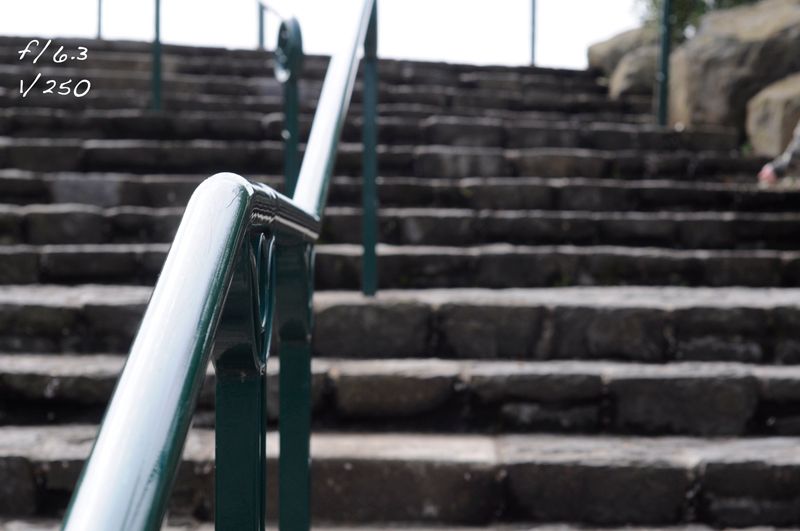
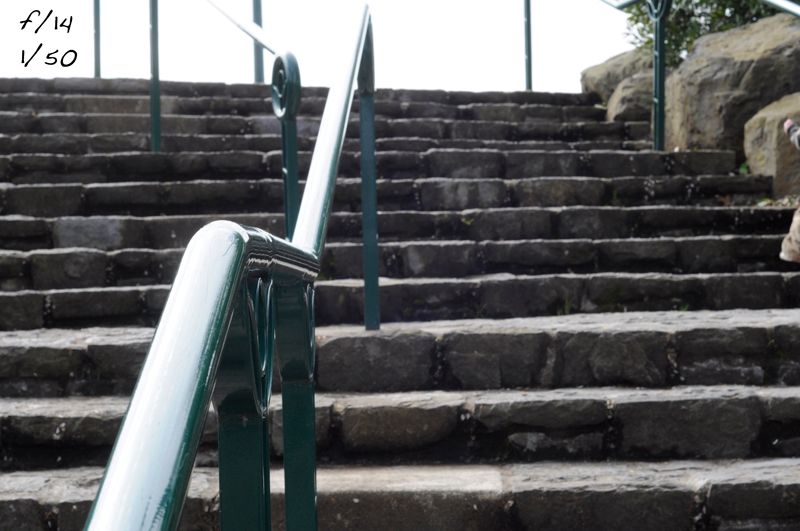
"The perfect setting" all depends on the desired effect.
So, say you're like me and you like blurred backgrounds. Here's the thing about photographing kids using a wide aperture; they move a lot.

So one minute they're in focus (above) and the next their out of focus (below). In this example I wanted to make it obvious, and I quite like the result in the bottom picture. If you like trying artsy things, you'll have fun with changing aperture and focus area.
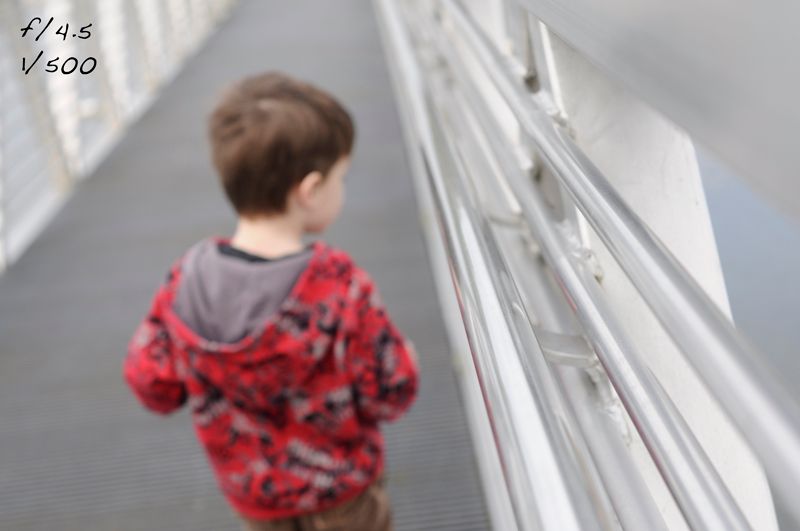
But it can get obnoxious to try and get the right part of the picture in focus sometimes when your subject is moving, as seen below. So if you were wondering why every point-and-shoot, easy camera wasn't made with a large lens opening to let in more light, now you know. People who don't know much about photography would get pretty irritated with all the out-of-focus images they'd get.
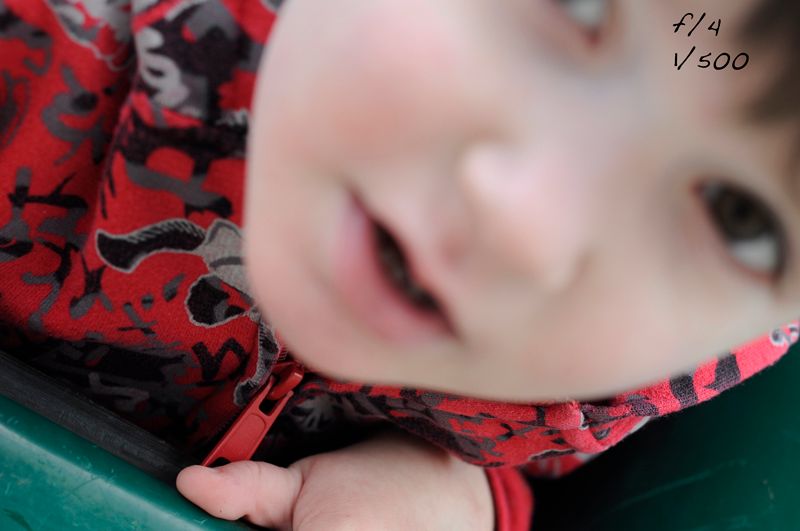
Even subtle focus problems are annoying (below). With a smaller lens opening (say f/8), both his face and his shirt could have been in focus.
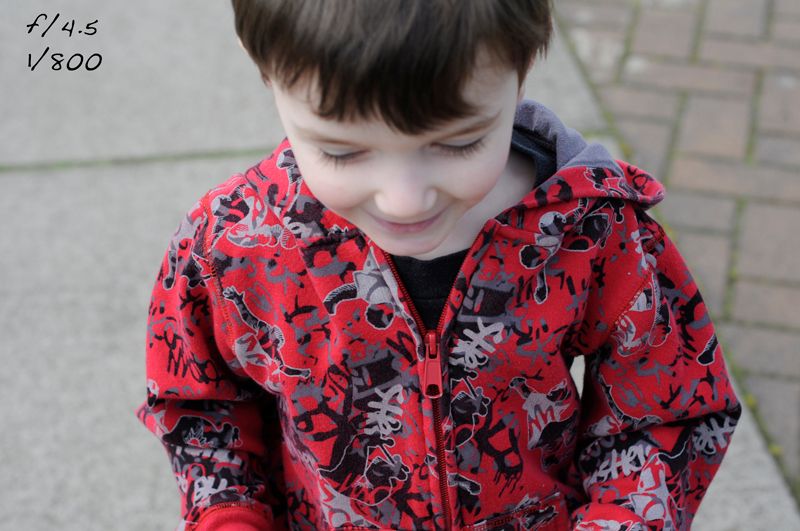
This explains just a tiny bit, and very basic. There are so many photography tutorials out on the internet. Just search and feel free to ask me specific photography questions here.
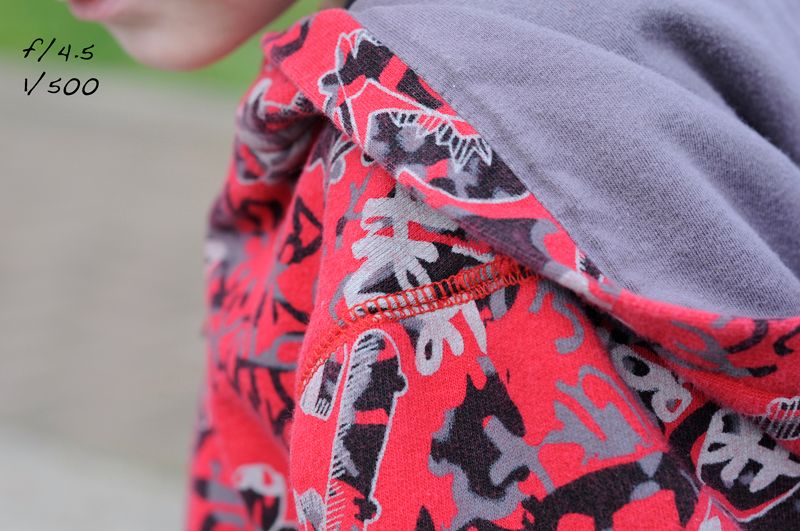
PS- Most lenses that come with the cameras can only go down to f/4.5.



